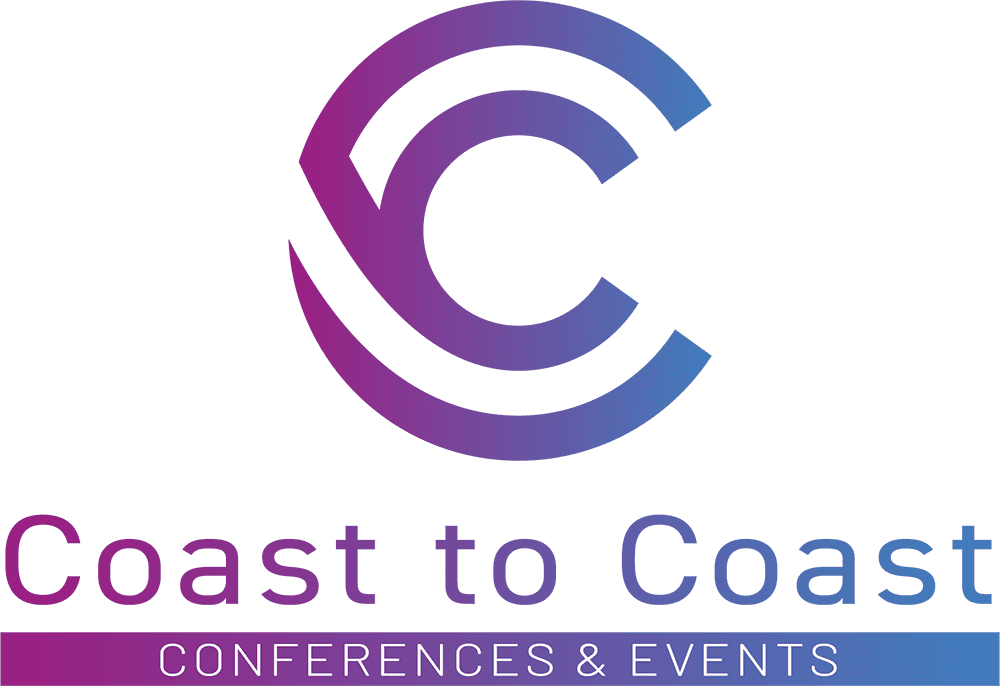What is an All-Hands Meeting for Events?
An All-Hands Meeting for Events is a pre-event gathering designed to align every key player involved in an event—from event managers and vendors to speakers and leadership. This meeting is a critical touchpoint to confirm details, clarify roles, and prevent last-minute miscommunication that could disrupt event execution.
Rather than relying on scattered emails or fragmented updates, an All-Hands Meeting ensures that all stakeholders have the same understanding of the event’s structure, timeline, and objectives. These are often easier to conduct as virtual meetings, ensuring that all people involved in the event can attend, making it easier to get everyone aligned. When executed properly, it becomes the foundation for seamless event planning, reducing confusion and last-minute adjustments.
Why an All-Hands Meeting is Critical for Event Success
Even the most meticulously planned events can face unexpected challenges. Whether it’s a delayed speaker, a missing AV setup, or confusion at the registration desk, these problems often stem from misalignment rather than poor planning.
This is especially true for third-party planners, who act as the crucial middleman between clients, vendors, venues, and other stakeholders. An All-Hands Meeting provides an invaluable opportunity to not only align logistics but also reinforce the client’s values and event objectives across all involved parties. Ensuring that vendors and venue teams understand the company’s expectations can make a significant impact on the overall success of the event. Here’s why an All-Hands Meeting for Events is a crucial step in the event planning process:
Clarifies Roles & Responsibilities
Each team member, vendor, and partner understands their role, reducing overlap and ensuring smooth operations.
Pro Tip: Assign a point of contact for each role to streamline communication and avoid confusion on event day.
Prevents Miscommunication
Last-minute event changes can easily get lost in a sea of emails. A dedicated meeting ensures vital details are communicated effectively.
Pro Tip: Use a shared digital document or project management tool to track updates and ensure all stakeholders have real-time access to critical information.
Aligns the Team with the Event’s Goals
Beyond logistics, events have a purpose. Whether it’s a corporate conference, industry trade show, or networking event, the All-Hands Meeting reinforces the “why” behind the event.
Pro Tip: Have a client representative share a brief overview of company values and event objectives to ensure alignment across all teams.
Identifies Potential Roadblocks Early
By discussing potential challenges beforehand, teams can proactively address issues rather than react to them during the event.
Pro Tip: Create a contingency plan with backup solutions for common issues, such as technical failures or last-minute speaker cancellations.
Builds Team Confidence & Cohesion
When all stakeholders feel informed and prepared, they work together more effectively, delivering a flawless event experience.
Pro Tip: Encourage a brief Q&A session at the end of the meeting to clarify uncertainties and build team confidence before the event.
How to Run an Effective All-Hands Meeting
For an All-Hands Meeting for Events to be successful, it must be structured and intentional. Here’s how to ensure your meeting is productive:
Schedule It at the Right Time
Aim to hold the meeting about a week before the event—close enough that details are fresh but with enough time to adjust if needed.
Include Key Players
Ensure that event managers, logistics teams, vendors, speakers, and leadership are part of the meeting. The more aligned these stakeholders are, the smoother the event execution.
Set a Clear Agenda
A structured agenda keeps the meeting focused. It should include:
- Introduction of core team members
- Overview of event logistics
- Finalizing schedules and contingency plans
- Reiterating the event’s purpose and goals
Empower Clients to Reinforce the Event Vision
This isn’t just a logistics check-in—it’s an opportunity for event leadership to align the team with the event’s overarching goals, ensuring all elements work toward the same objective.
Wrap Up with Clear Takeaways
By the end of the meeting, every attendee should walk away with:
✅ A clear understanding of their responsibilities
✅ A finalized event schedule
✅ A designated contact for on-site troubleshooting
Real-World Applications: Lessons from Successful Events
In real-world event management, All-Hands Meetings are a staple among professional planners. For example, event teams managing large-scale conferences and corporate meetings rely on these gatherings to streamline communication between multiple vendors, speakers, and logistics teams.
At Coast to Coast Conferences & Events (CTC), holding an All-Hands Meeting before every event ensures that everyone involved is working from the same playbook. It helps prevent confusion, minimize last-minute changes, and ultimately contributes to a seamless experience for attendees.
By implementing this approach, our event teams have been able to reduce setup errors, improve vendor coordination, and address potential issues before they impact the event day. Whether organizing a multi-day conference or a corporate retreat, these pre-event meetings act as a safeguard against misalignment.
Elevate Your Event Management Strategy
An All-Hands Meeting for Events is more than just a pre-event briefing—it’s a strategic alignment tool that ensures seamless execution. Whether you’re planning a corporate gathering, industry summit, or large-scale trade show, dedicating time to align your event team can mean the difference between a flawless experience and one filled with avoidable obstacles.
Looking for more strategic event planning insights? Access our event planning resources for expert tips, checklists, and best practices to help you plan and execute seamless events.






